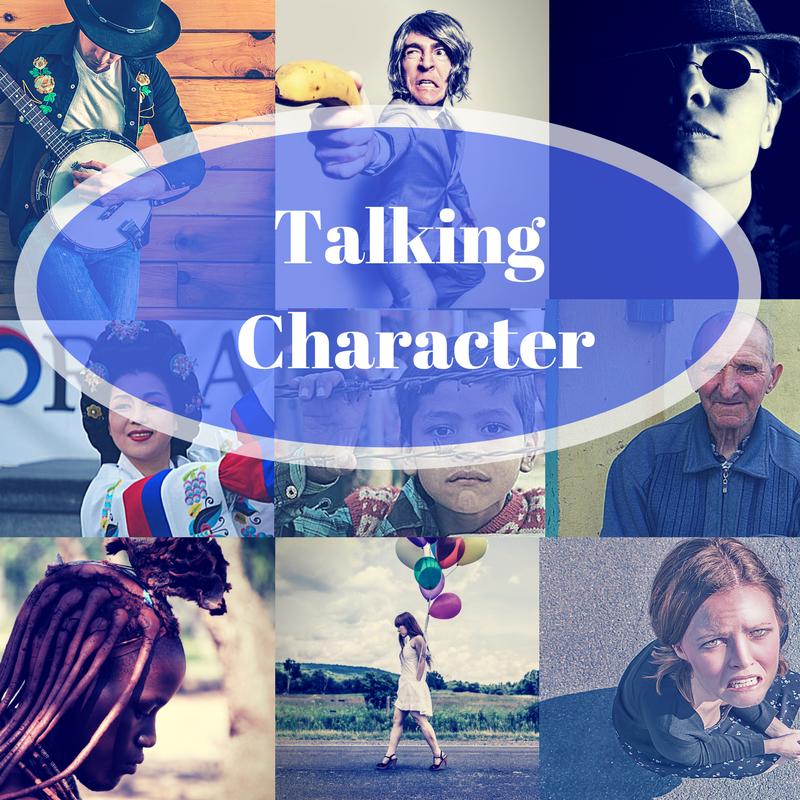Do you have a method for capturing the bits and pieces you use to create memorable, complex characters? If not, consider starting a character file.
What does a character file look like? It’s up to you. You could use a hardbound journal, a file folder filled with clippings and sticky notes, or a program like Evernote. Collect and organize the data any way you like, but if you don’t keep a character file in some form or other, I suggest you start.
Three types of character files a writer might find useful
A people-watching file
Whether you are sitting on a bench watching people go by, or hanging out with friends at a party, a writer should always be on the lookout for character inspiration. Keep a record of interesting details such as:
- Quirks
- Mannerisms
- Striking physical features
- Attire, hairstyles, jewelry, and tattoos
- How people express emotions, especially non-verbally
- How people behave in a given situation—particularly tense or unexpected ones.
- How different personalities interact. For example, who is in the middle of things and who has gravitated to the fringes.
A literary file
Books are filled with character descriptions. While it’s not appropriate to plagiarize another writer’s words, it pays to record striking details, descriptions and observations. They might give you insights into technique or become a model for your own creative ideas. You should consider collecting snippets like:
- Vivid physical descriptions
- Clever metaphors used to describe characters
- Insights into a character’s behavior or inner turmoil
- Descriptions of highly eccentric characters that work
- Quirks or mannerisms that you find charming, or that help you identify with a character
- Dialogue or internal monologue that vividly conveys attitude or personality
You might also want to note what doesn’t work, particularly if you can pinpoint why.
- Characters you find annoying
- Descriptions that fell flat or felt wrong
- Characters whose physical descriptions don’t seem to fit their personality
A character-specific file
As you build characters for your stories, you may find it helpful to collect various tidbits that apply to a particular character. Many writers find Pinterest to be a great tool for this, and once the book is published they share the board with their readers. In addition to collecting snippets of character description like those mentioned above, a character-specific file might include:
- Photos that look like your character, or that vividly express emotions or attitudes your character often exhibits
- Photos or descriptions of clothing, jewelry and hairstyles.
- Props your character might use: tools, cookware, swords, chariots, whatever.
- Details of décor, furniture, gardens, and architecture that might fill the character’s home.
These are only a few suggestions of what can be included in a character file. Trust your creative intuition and include anything that strikes you, no matter how irrelevant it seems at the time. Who knows what brilliant ideas a random detail may spark—if you take the time to capture it.
Lisa E. Betz believes that everyone has a story to tell the world. She loves to encourage fellow writers to be intentional about their craft and courageous in sharing their words with others. Lisa shares her words through dramas, Bible studies, historical mysteries, and her blog about intentional living. You can find her on Facebook LisaEBetzWriter and Twitter @LisaEBetz






No Comments